The Shifting Sands of the Russian Ceramic Tile Market
The ceramic tile market in Russia is a colossal, multi-billion-dollar ecosystem that serves as a crucial barometer for the nation’s construction, real estate, and consumer spending health. Historically, this market has been a battleground of global giants, with premium imports from Italy and Spain setting the aesthetic and quality benchmarks, while more cost-effective products from countries like China and Turkey competed fiercely in the mid-range and budget segments. However, the last decade—and particularly the period since 2022—has seen a dramatic, seismic shift in the market’s dynamics, introducing a compelling “Great Tile Tussle” between burgeoning Russian domestic production and the rapidly increasing, strategically vital flow of imports from Iran.
This comprehensive analysis delves deep into this dynamic. It is no longer a simple discussion of domestic preference versus international prestige. Today, the Russian tile market is governed by complex factors: government-led import substitution policies, the logistical advantages of emerging trade corridors, the impact of geopolitical sanctions, and the relentless pressure to balance high quality with affordability. Iranian tile producers, armed with competitive pricing, high-quality porcelain and ceramic products, and strategic geographical proximity, are aggressively carving out a significant niche. Concurrently, Russian domestic manufacturers, bolstered by state support and advanced technology investments, are fighting back, leveraging swift delivery and a deep understanding of local aesthetic and technical preferences. Understanding this pivotal struggle—the interplay of Russian tile market dynamics, domestic production resilience, and the ascendancy of Iranian ceramic imports—is essential for any stakeholder, from a property developer in Moscow to an exporter in Yazd. This article provides a 100% practical, in-depth guide to this evolving competition, analyzing the opportunities, challenges, and future trajectory of this critical Eurasian market segment.
The Resurgence of Russian Domestic Tile Manufacturing
The narrative of the Russian ceramic tile market in recent years is largely defined by the success of its domestic manufacturing base. Driven by strategic government initiatives aimed at import substitution—a policy designed to boost national economic resilience by fostering self-sufficiency—local producers have stepped up their game considerably. Companies like Kerama Marazzi (though with Italian roots, now a major domestic player), Unitile, and Sokol are not just surviving; they are thriving, challenging the notion that all premium or high-design tiles must be imported from Western Europe.
Key Pillars of Domestic Dominance
Russian manufacturers have a clear set of competitive advantages that create a high barrier to entry for many foreign competitors, particularly in the mass and mid-market segments.
- Logistical Supremacy and Time-to-Market: The sheer geographical expanse of Russia makes domestic sourcing an immediate advantage. Local factories can guarantee significantly shorter delivery times and lower transport costs to major construction hubs like Moscow, St. Petersburg, and regional centers in Siberia and the Urals. This is particularly crucial for large-scale residential construction and government infrastructure projects where predictable supply chains and fast turnarounds are paramount. A Russian-produced tile can be on a construction site within days, whereas an import, regardless of origin, can take weeks, often incurring complex customs and cross-border logistical hurdles.
- Deep Market Insight and Adaptation: Russian manufacturers intimately understand the local consumer’s taste and the specific technical requirements of the severe Russian climate. They are experts in producing frost-resistant porcelain tiles (a mandatory requirement for exterior applications and unheated commercial spaces) and tiles with the high abrasion resistance (PEI rating) necessary for high-traffic areas. Furthermore, their design teams are keenly attuned to the popular “affordable luxury” niche, rapidly deploying digital printing technology to replicate expensive natural stones (like Italian marble and granite) and sophisticated wood effects that resonate with the Russian middle class, all while maintaining a competitive price point.
- Governmental and Financial Support: The policy framework strongly favors domestic producers. They often benefit from favorable energy tariffs, easier access to credit, and preferential treatment in large public procurement tenders. This state support not only aids in operational cost reduction but also fuels substantial investment in modern European and Chinese production technology, closing the historic quality gap with premium imports. This investment is key to the domestic industry’s newfound ability to produce high-specification products, including popular large-format porcelain slabs.
Challenges Facing Russian Tile Producers
Despite their growth, domestic manufacturers face inherent limitations that prevent a full market takeover.
- Raw Material and Equipment Dependency: A significant portion of advanced tile-making equipment (kilns, digital printers, presses) is still sourced from international suppliers, primarily in Italy or China. Sanctions and currency volatility (the fluctuation of the Russian Ruble) have complicated the procurement, maintenance, and upgrade of this technology. Similarly, high-quality specialized raw materials, glazes, and pigments are often imported, creating a structural cost vulnerability and supply risk.
- Brand Perception and the Luxury Segment: While Russian quality has improved dramatically, the perception of “Made in Italy” or “Made in Spain” still holds considerable sway in the ultra-premium and luxury sectors. High-end designers and affluent consumers often retain a strong preference for European brands, associating them with trendsetting design and unparalleled craftsmanship. Domestic brands are making inroads but have yet to fully capture this lucrative, image-conscious segment.
The Iranian Influx: A Strategic New Competitor
The geopolitical and economic landscape of the past few years has created a massive opportunity window for non-traditional trade partners in the Russian market. Among these, Iran has emerged as perhaps the most strategically positioned and fastest-growing source of ceramic tile imports. Iran’s tile industry, robust and technologically advanced after decades of investment, is perfectly equipped to fill the voids left by European and other Western suppliers who have curtailed their operations or faced logistical barriers.
The Unbeatable Competitive Edge of Iranian Tiles
Iranian manufacturers are leveraging a powerful combination of factors that make their offering highly attractive to Russian distributors and developers.
- Cost Leadership and Pricing Power: The most significant advantage is the structural lower cost of production. Iran possesses abundant, high-quality, and locally-sourced raw materials (clays, feldspars, silica), significantly lowering input costs. Furthermore, favorable energy costs (natural gas, essential for high-temperature kilns) and a comparatively lower labor cost structure allow Iranian producers to offer price-competitive ceramic tiles that often undercut Turkish, Chinese, and increasingly, Russian domestic equivalents by a substantial margin (estimates suggest a 15-30% price advantage over some competitors).
- Quality Meeting Russian Standards (Frost Resistance): The Iranian tile industry is mature, utilizing modern European machinery to produce high-specification porcelain and fully-vitrified ceramic tiles. Crucially, they have successfully adapted their production to meet the technical demands of the Russian climate, producing tiles known for their excellent durability and frost-resistance—a non-negotiable trait for the Russian market, especially in colder regions like Siberia. This combination of high quality and low cost is the “sweet spot” for many price-sensitive construction projects.
- The Logistical Game Changer: The INSTC: The full operationalization and increasing utility of the International North-South Transport Corridor (INSTC) is a fundamental game changer. This multi-modal network (road, rail, and sea) significantly shortens the transit time from Iranian factories (many located in central provinces like Yazd and Isfahan) to major Russian ports and cities compared to traditional sea routes (e.g., via the Suez Canal for European or even Chinese products). This logistical efficiency translates directly into reduced freight costs and faster delivery, overcoming the traditional obstacle of time-consuming and expensive logistics.
- Favorable Trade and Geopolitical Alignment: The strengthening bilateral trade agreements between Russia and Iran, often involving customs discounts or simplified processes, directly enhance the competitiveness of Iranian products. In the context of broader geopolitical shifts, Iranian tiles offer a reliable, politically stable, and sanctions-free sourcing alternative to former Western partners, aligning with Russia’s strategy to pivot trade toward friendly nations.
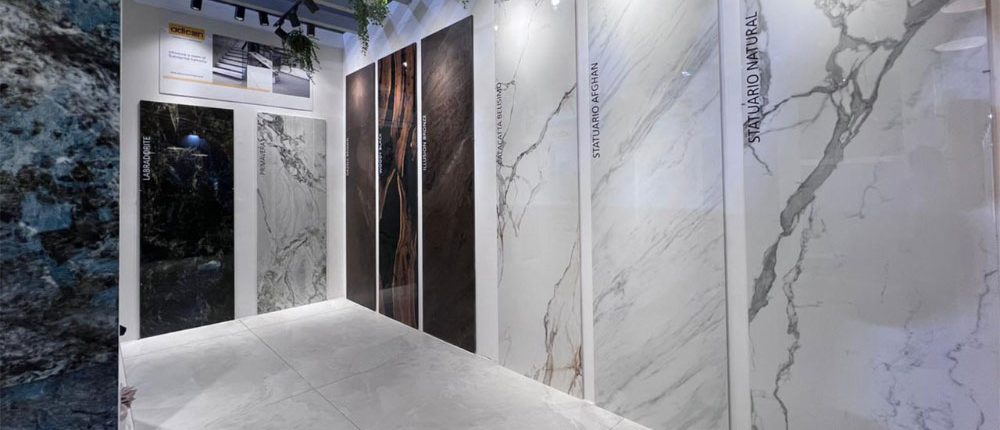
Hurdles to Sustained Iranian Growth
While the outlook is positive, Iranian exporters must navigate certain complexities unique to the Russian market.
- Aesthetic Alignment and Trend Sensitivity: While Iranian quality is high, maintaining pace with the highly fashion-conscious, rapidly evolving design trends of major metropolitan Russian centers (like Moscow and St. Petersburg) can be challenging. Russian buyers are discerning and demanding, and continuous investment in the latest aesthetic designs and surface technologies is required to compete with the design legacy of Italy and Spain.
- Quality Control and Certification: The Russian market places an extremely high value on consistent quality control and adherence to specific GOST (Russian state standards) or equivalent certifications. Iranian suppliers must maintain rigorous internal quality assurance to prevent issues that could damage their reputation and jeopardize long-term contracts with major Russian distributors and construction firms. Building brand trust requires absolute consistency.
- Market Saturation and Domestic Pushback: As Iranian imports increase, the competition with domestic Russian producers will intensify. Domestic firms, leveraging their proximity and political backing, may lobby for protective measures, tariffs, or more stringent enforcement of technical standards, seeking to curb the influx of foreign competition.
Comparative Analysis: The Quality-Cost-Logistics Triangle
The market tension between Russian domestic production and Iranian ceramic exports can be best understood through the lens of a “Quality-Cost-Logistics” trade-off, which dictates procurement decisions across different market segments.
| Feature | Russian Domestic Production | Iranian Imports | Key Market Segment |
| Cost Competitiveness | Mid-to-High. Good control over local production costs but vulnerable to import costs for glazes/equipment. | Superior. Structurally low raw material and energy costs. Strong pricing power. | Budget/Mid-Range & Large Volume Projects |
| Product Quality | Excellent, especially in high-spec porcelain (frost/abrasion resistance). Rapidly closing the design gap. | Excellent, especially in frost-resistant porcelain slabs and high-quality ceramic tiles. | Mid-Range, Project Sourcing, and Growing Premium |
| Logistics/Time | Unbeatable. Fastest time-to-market. Zero customs delays. Reliable JIT (Just-In-Time) supply. | Very Good. Significantly improved by the INSTC, offering faster alternatives to sea freight. | Quick-Turnaround Projects & Regional Markets |
| Design/Aesthetic | Highly attuned to local trends (“Affordable Luxury”). Excellent replication of natural stone. | Modern designs, often inspired by European trends. Rapidly improving portfolio breadth. | Mid-to-High End Residential & Commercial |
| Geopolitical Risk | Low. Domestic production is insulated from international sanctions and trade disputes. | Low (Strategic Partnership). Benefits from Russia-Iran trade alignment and sanctions bypass strategy. | All Segments Seeking Supply Reliability |
In essence, Russian tiles dominate where time and guaranteed domestic standards are crucial (e.g., government projects and regional mass housing). Iranian tiles are making their biggest inroads where the balance of high technical quality and significant cost savings is the deciding factor (e.g., large-scale private residential developments and commercial projects aiming to improve margins).
Technical and Consumer Trends Driving Demand
The underlying consumer and technical demands in the Russian market are the ultimate arbiter in the tile market dynamics, favoring products that can withstand harsh conditions while delivering modern aesthetics.
The Cold Climate Imperative: Frost and Durability
The most vital technical specification in the Russian market is frost resistance. Any tile designated for exterior use, or any unheated interior space such as a cold storage area or a poorly insulated hallway, must be a fully-vitrified, low-porosity product, typically a porcelain tile. Both Russian and Iranian producers have prioritized this. The Russian construction sector’s non-negotiable demand for high-grade porcelain creates a natural alignment with the technical capabilities of modern Iranian production lines, giving them a significant edge over some lower-quality competitors from other markets. Furthermore, the emphasis on high PEI ratings (Abrasion Resistance, typically IV or V for commercial areas) for floor tiles is a standard requirement that both domestic and Iranian factories routinely meet.
Design Focus: Large Formats and Natural Stone Replication
Aesthetics are increasingly influenced by the pursuit of “Affordable Luxury”. This trend translates into:
- Large Format Tiles and Slabs: There is high demand for large-format tiles (e.g., $۶۰ \times 120$ cm, $۸۰ \times 80$ cm) and thin porcelain slabs for seamless wall cladding and floor installation. This is driven by a desire for a contemporary, clean look with minimal grout lines. Both domestic producers and Iranian exporters are investing heavily in the machinery required to produce these large sizes.
- The Stone and Wood Effect: Realistic replication of expensive natural materials like Carrara marble, Calacatta, granite, and various wood species using high-definition digital printing is a dominant trend. The quality of the glaze and the fidelity of the print are critical differentiators, forcing both Russian and Iranian firms to continuously update their technology. The competitive edge here goes to the manufacturer who can achieve a more realistic look at a better price point.
Strategic Outlook and Future Market Trajectory
The Russia tile market is unlikely to return to its previous structure. The geopolitical and logistical changes are structural, not temporary, ensuring that the rivalry between domestic and Iranian production will define the market for the foreseeable future.
Predictions for Domestic Growth and Specialization
Russian manufacturers will consolidate their control over the mid-to-mass market, leveraging their logistical speed and deep local market understanding. They will likely increase specialization, focusing intensely on high-tech products like advanced large-format slabs and specialized, quick-installation systems. Their growth will be steady, driven by predictable Russian construction industry expansion and favorable public policy.
Iran’s Expanding Role as a Strategic Supplier
Iran is poised to transition from an emerging supplier to a permanent, major player. Its access to cost-effective energy and raw materials is a structural, long-term advantage that few competitors can match. The future will see Iranian firms focusing on establishing strong brand recognition and increasing the volume of exports in the high-quality porcelain tile segment, competing directly with domestic firms on technical merit while maintaining a decisive cost advantage. The growth in the INSTC utilization will further solidify Iran’s position as a reliable, fast, and cost-efficient strategic trade partner.
The Squeeze on Other Importers
The competitive pressure from the domestic-Iranian dynamic will increasingly squeeze other traditional importers. European players will remain confined to the shrinking, ultra-luxury niche, while exporters from markets like Turkey and China will need to fundamentally re-evaluate their pricing and logistical models to compete with the new efficiency of the INSTC and the cost structures of Iranian and Russian producers.

Conclusion: A New Eurasian Tile Hegemony
The Russian ceramic tile market is in the midst of a fundamental transformation, moving away from a Western-centric supply chain to a new, resilient Eurasian model. The Tile Tussle between the nationally-backed, logistically-superior Russian domestic production and the cost-advantaged, strategically-aligned Iranian imports is driving innovation, price-competitiveness, and quality improvements across the board. For any business operating in or looking to enter this space, the message is clear: success hinges on understanding the nuances of the “Quality-Cost-Logistics” triangle. Iranian producers offer the best potential for a high-quality, high-margin alternative source, while Russian domestic players offer the reliability and speed demanded by large, time-sensitive projects. The market is vibrant, complex, and ripe with opportunity for those who can successfully navigate the current geopolitical and economic currents.
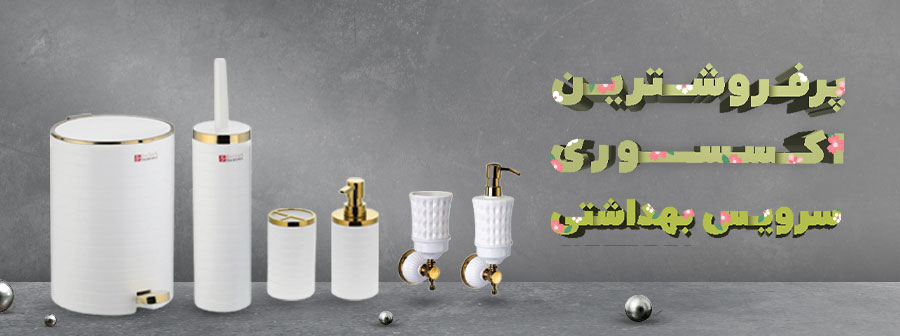
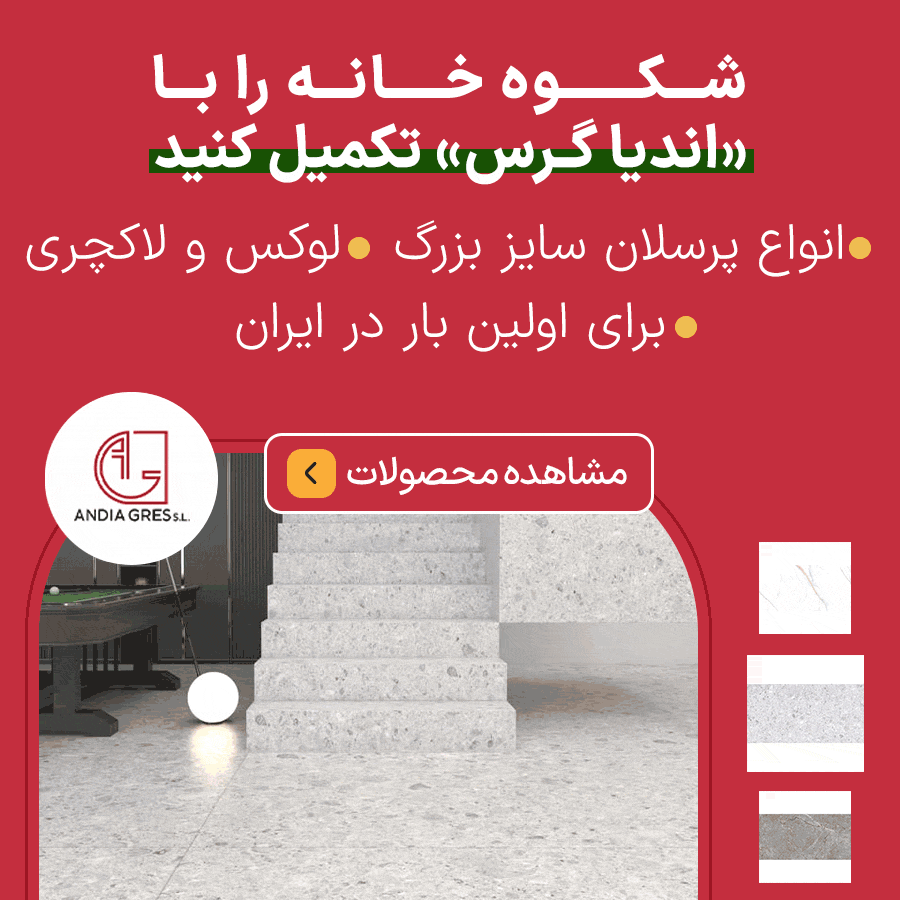
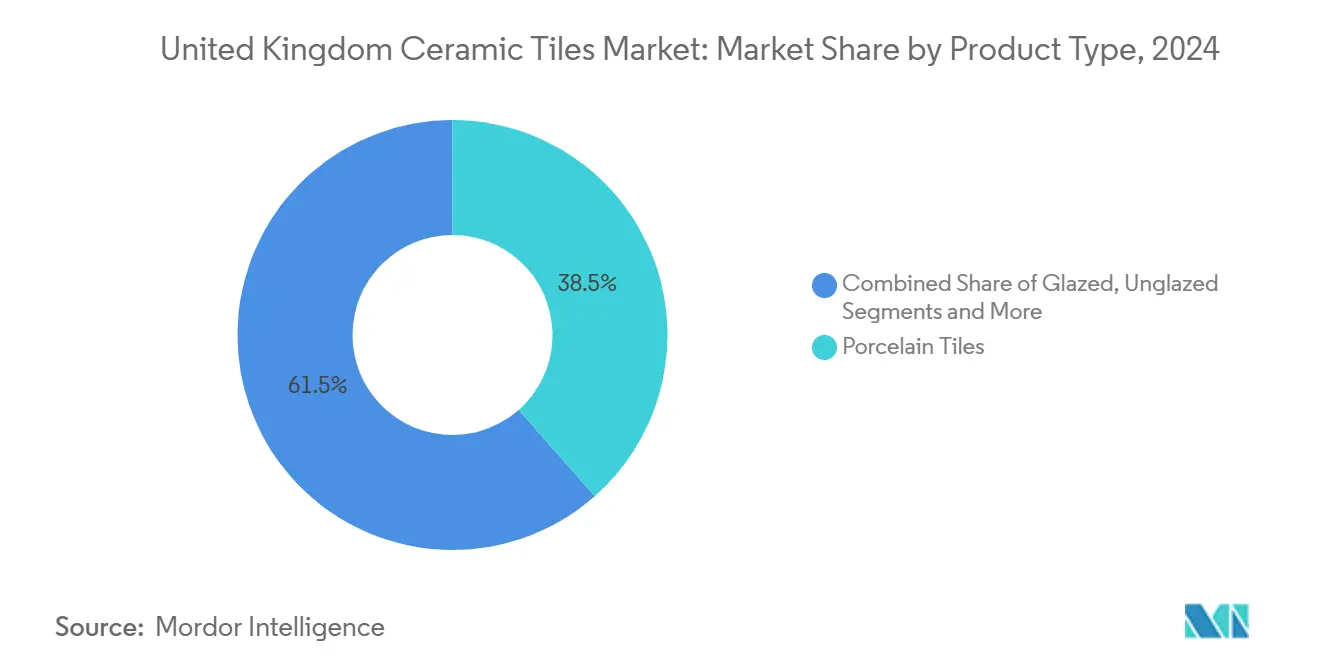
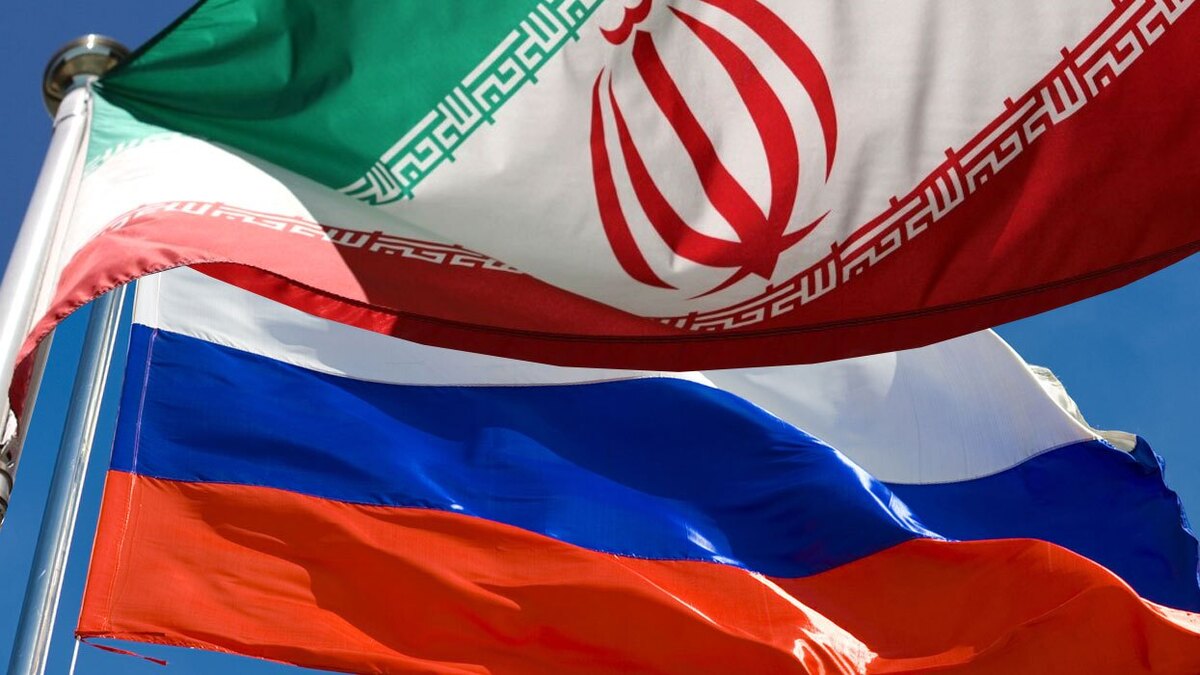


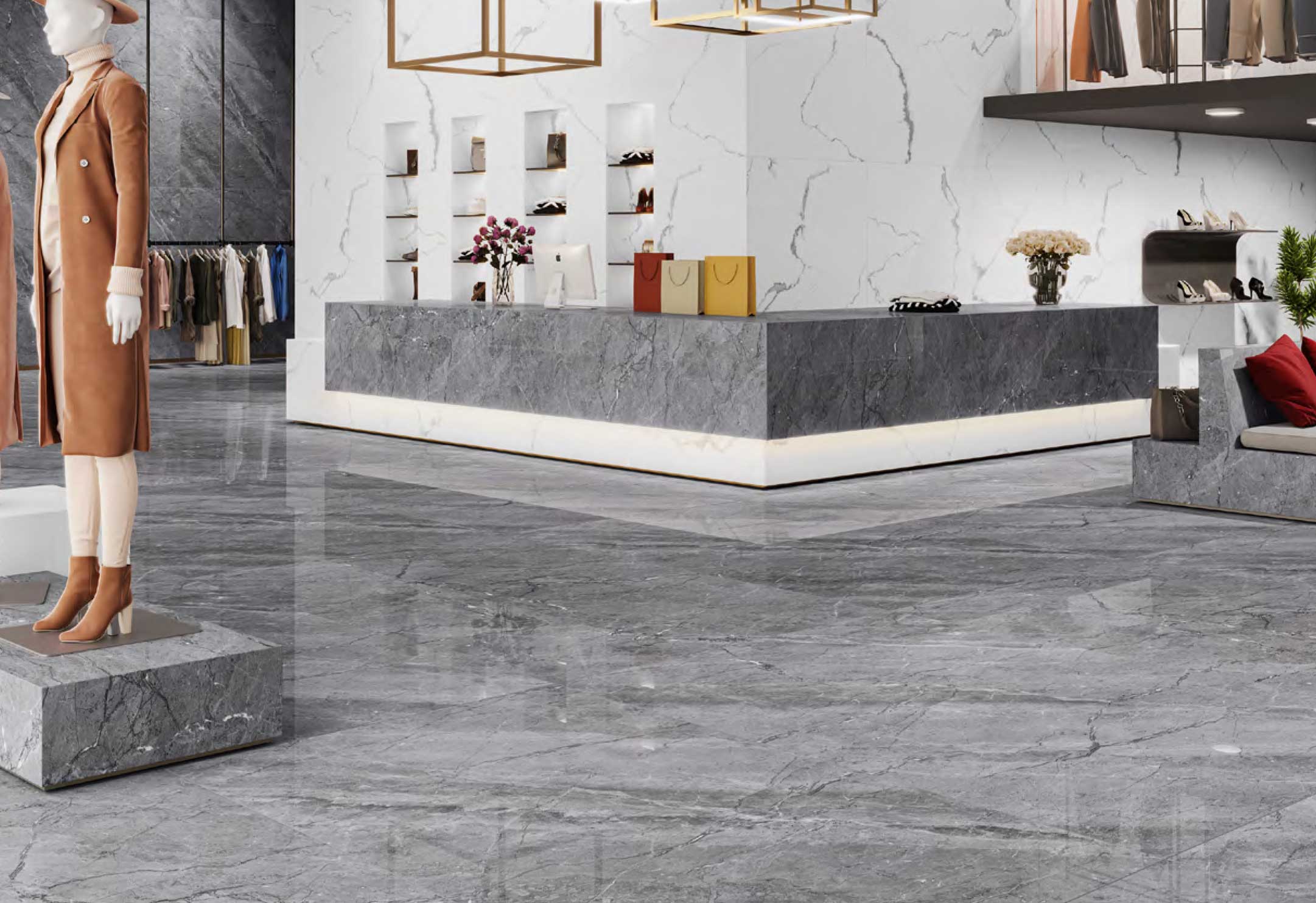
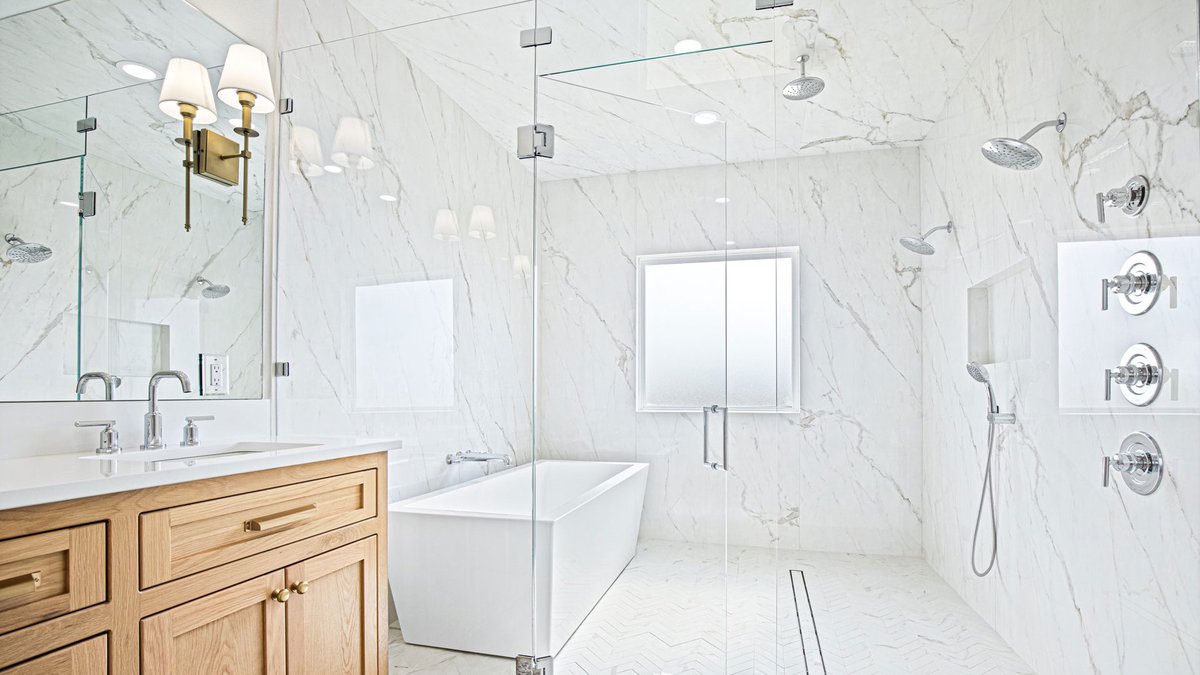
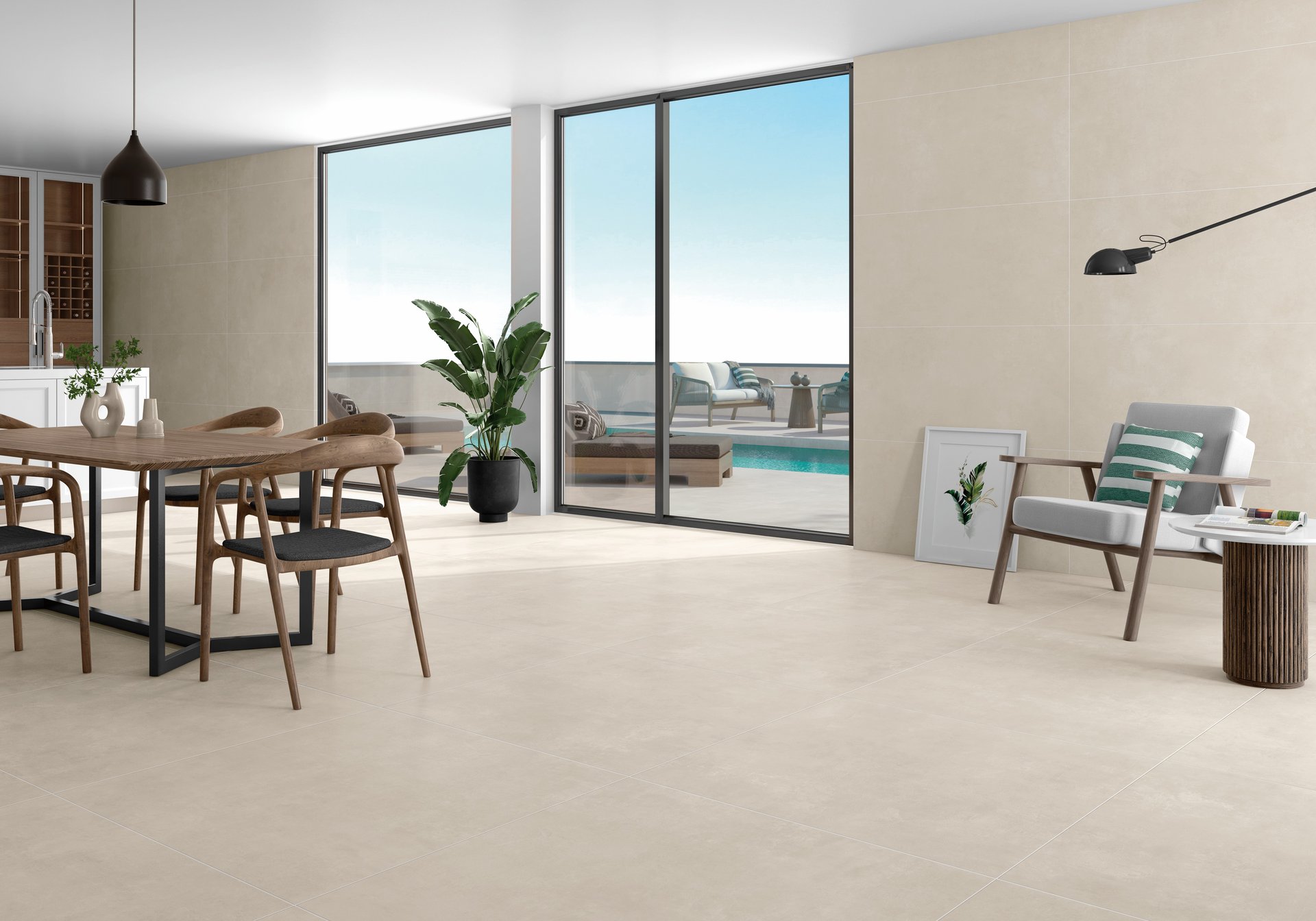
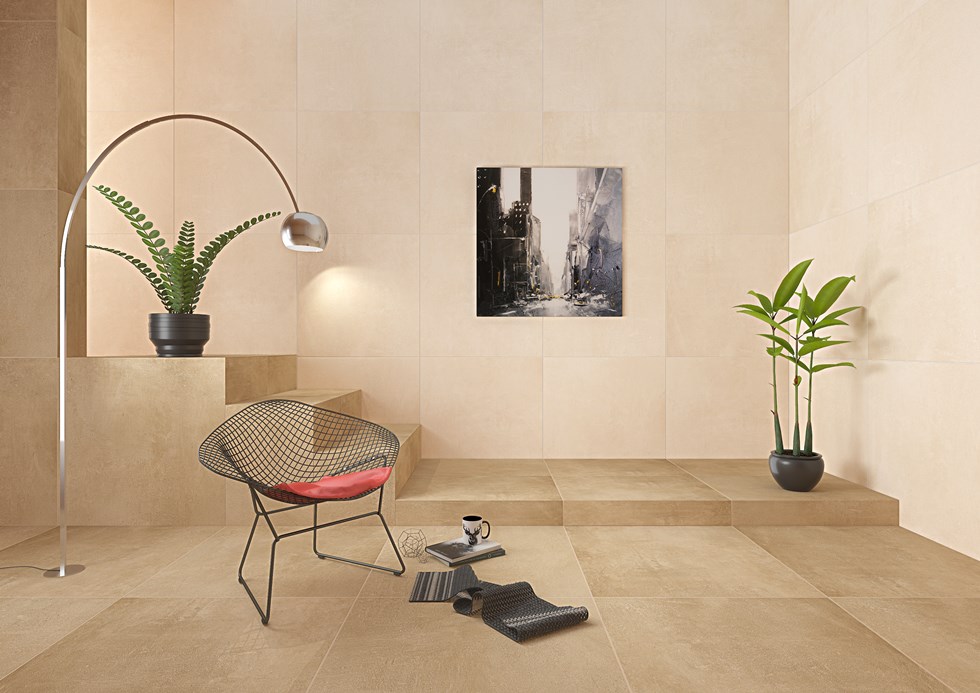
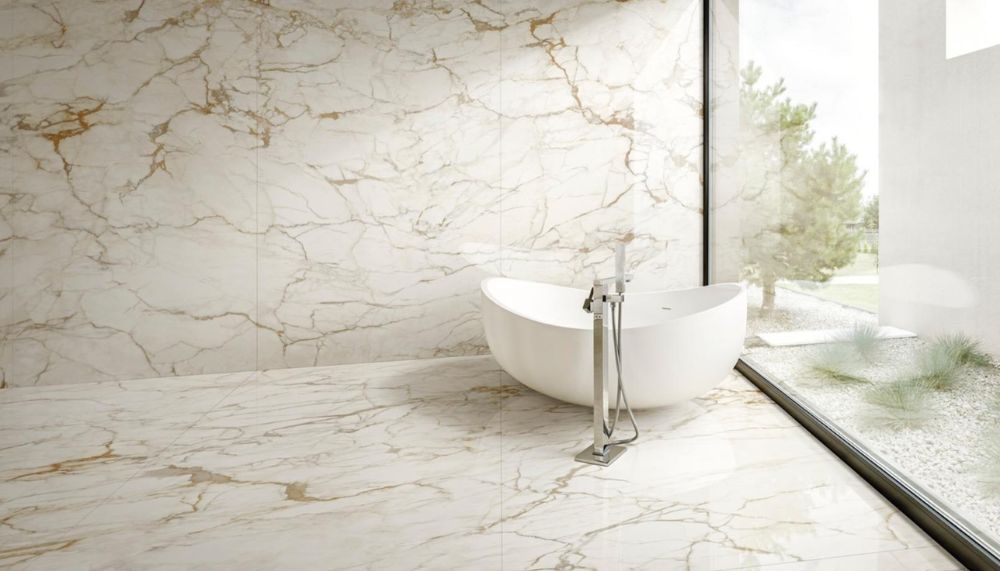




نظرات ۰